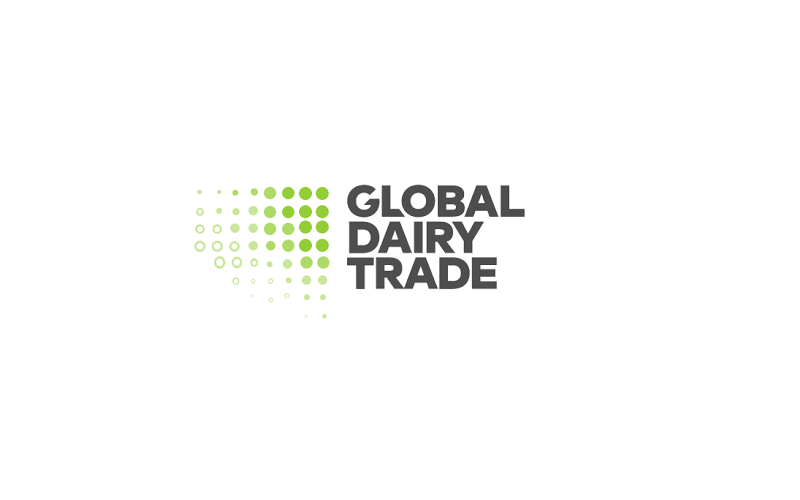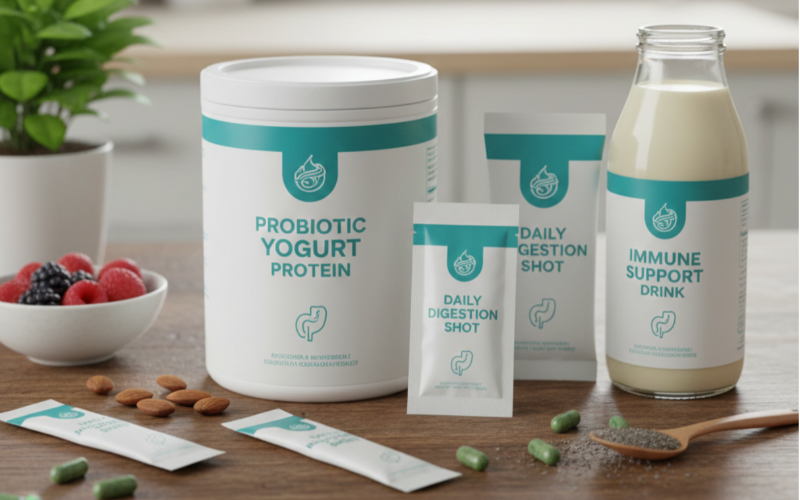Expanded U.S. Dairy Processing to Meet Rising Global Demand
Sourse: DairyNews.today
The U.S. dairy sector is poised for significant growth, driven by strong domestic and global demand for dairy proteins. However, this expansion brings both opportunities and challenges, according to a recent CoBank outlook report.

The U.S., ranked as the world’s third-largest dairy exporter behind the European Union and New Zealand, is gaining traction as a key player in meeting future dairy demand. Climate change mitigation efforts, coupled with methane and carbon dioxide restrictions, have constrained herd growth in the EU and New Zealand. Land scarcity further limits expansion in New Zealand, positioning the U.S. as a crucial supplier.
Surge in Processing Investment
"Domestic and international processors are increasingly looking to the U.S. for dairy growth," said Corey Geiger, lead dairy economist at CoBank. Between now and 2026, the U.S. will see an unprecedented $8 billion investment in new dairy processing facilities. Nearly half of this investment is focused on cheese production, with three major cheese plants in the Central Plains and Texas Panhandle set to come online by 2025, requiring nearly 20 million pounds of milk per day.
As cheese production scales up, so too will by-products like whey. However, the influx of new cheese and whey products could drive down prices in the latter half of 2025, Geiger noted, adding that potential retaliatory tariffs from major export markets such as Mexico and China could compound pricing pressures.
Milk Supply Constraints
Meeting the milk demand for these new plants poses a significant challenge. U.S. milk production is experiencing its first consecutive annual decline since the late 1960s, driven by a 20-year low in dairy replacement heifer availability. Replacement heifer prices have soared from $1,600 in 2022 to over $3,000, placing a cap on herd expansion.
Farmers have increasingly turned to beef semen—purchasing 7.9 million units in 2023—to capitalize on beef-dairy calf premiums. However, this strategy will take two to three years to impact heifer numbers. Meanwhile, some milk destined for new plants will likely come at the expense of dryer utilization, potentially curbing production of nonfat dry milk and skim milk powder.
Focus on Cheese and Whey
Long-term forecasts favor cheese and whey proteins as growth categories, reflecting shifting consumer preferences. High-end whey proteins and snacking cheese are experiencing robust demand, prompting $4 billion of the sector's investment to focus on these products. Conversely, nonfat dry milk remains a lower-margin product.
Higher component levels in farmgate milk—especially butterfat and protein—have bolstered product yields, with cheese and butterfat yields rising 11% and 13%, respectively, over the past decade. Improved margins, combined with the lowest feed costs in five years, provide U.S. dairy farmers an opportunity for solid returns. Many are reinvesting in feed additives to boost per-cow production.
Global Growth Potential
Despite short-term supply challenges, the U.S. dairy industry is well-positioned to capitalize on global growth opportunities. With strategic investments in processing and innovation, the sector is gearing up to meet evolving consumer demand while navigating market and production headwinds.
Surge in Processing Investment
"Domestic and international processors are increasingly looking to the U.S. for dairy growth," said Corey Geiger, lead dairy economist at CoBank. Between now and 2026, the U.S. will see an unprecedented $8 billion investment in new dairy processing facilities. Nearly half of this investment is focused on cheese production, with three major cheese plants in the Central Plains and Texas Panhandle set to come online by 2025, requiring nearly 20 million pounds of milk per day.
As cheese production scales up, so too will by-products like whey. However, the influx of new cheese and whey products could drive down prices in the latter half of 2025, Geiger noted, adding that potential retaliatory tariffs from major export markets such as Mexico and China could compound pricing pressures.
Milk Supply Constraints
Meeting the milk demand for these new plants poses a significant challenge. U.S. milk production is experiencing its first consecutive annual decline since the late 1960s, driven by a 20-year low in dairy replacement heifer availability. Replacement heifer prices have soared from $1,600 in 2022 to over $3,000, placing a cap on herd expansion.
Farmers have increasingly turned to beef semen—purchasing 7.9 million units in 2023—to capitalize on beef-dairy calf premiums. However, this strategy will take two to three years to impact heifer numbers. Meanwhile, some milk destined for new plants will likely come at the expense of dryer utilization, potentially curbing production of nonfat dry milk and skim milk powder.
Focus on Cheese and Whey
Long-term forecasts favor cheese and whey proteins as growth categories, reflecting shifting consumer preferences. High-end whey proteins and snacking cheese are experiencing robust demand, prompting $4 billion of the sector's investment to focus on these products. Conversely, nonfat dry milk remains a lower-margin product.
Higher component levels in farmgate milk—especially butterfat and protein—have bolstered product yields, with cheese and butterfat yields rising 11% and 13%, respectively, over the past decade. Improved margins, combined with the lowest feed costs in five years, provide U.S. dairy farmers an opportunity for solid returns. Many are reinvesting in feed additives to boost per-cow production.
Global Growth Potential
Despite short-term supply challenges, the U.S. dairy industry is well-positioned to capitalize on global growth opportunities. With strategic investments in processing and innovation, the sector is gearing up to meet evolving consumer demand while navigating market and production headwinds.











